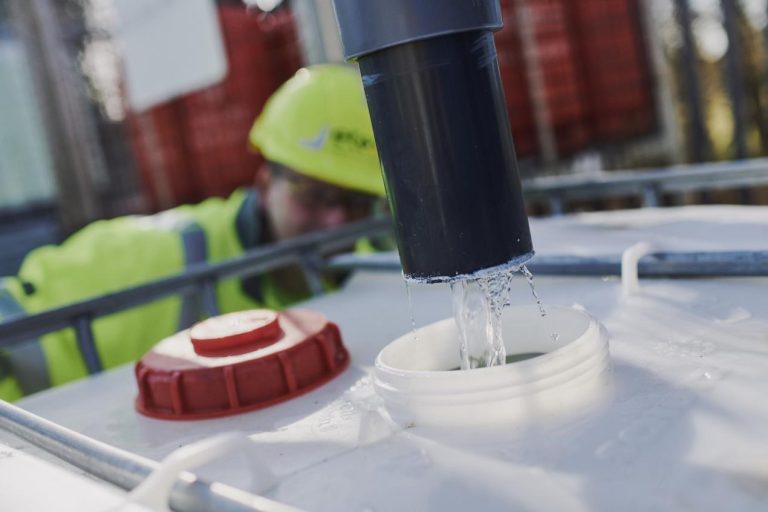A sustainability initiative has seen passive fire specialist FSi cut the amount of waste water it generates by more than 550,000 litres a year. Through a specialist water cleansing system, FSi has successfully reduced the amount of wastewater created though its manufacturing operation by up to 90 per cent. And by re-using the recycled water in its processes, the company has in turn reduced its fresh water consumption by half a million litres. Previously classed as low risk toxic waste due to the presence of contaminants, wastewater generated by the production process at FSi had needed to be disposed of at a specialist centre. However, through a dedicated cleansing process FSi is now able to remove the toxins from the water to allow it to be reused on the site. The wastewater treatment system has been in place at FSi’s manufacturing headquarters in Measham since the start of the year and has had an instant impact. Dave Bennett, Environmental, Health and Safety Manager for FSi, explained: “Through our production processes we create a large amount of low risk contaminated wastewater. Prior to the introduction of the new process around 650,000 litres a year were going into low-risk waste disposal, which was something that we wanted to find a solution to. “We went all over the country looking for a suitable product that could process wastewater and eventually found I and C Industries in Glasgow, which said they could get our wastewater clean to a brown water state that we would be able to dispose of, or put back into our process. “That is now going back into our processes, or we are using it for hosing down works areas, such as cleaning up mixing equipment. Mixes are made in 1300 litre batches and need to be cleaned after use, so the water has been ideal for that. Once used in our processes it will then be recycled again. “As a result of this we’ve managed to bring our wastewater down to around 10 per cent of what it was.” The water is treated through a process known as flocculation, which adds materials to the water that change its chemistry, increasing the size of the particles to draw out chemicals, which can then be pulled out of the water and separated. The result is a sludge-type substance of low-level contaminants that is then taken away from the site to be disposed of at a specialist low risk contaminant waste facility, and the remaining treated water is re-used on site. The reduction in the amount of wastewater needing to be transported from the site for disposal brings further potential savings in carbon emissions. The introduction of the wastewater treatment system is part of a wider scheme to minimise waste across FSi’s operation, which has sought to drastically cut waste and increase efficient recycling, including adding a greater level of control to ensure efficient end recycling. Building, Design & Construction Magazine | The Choice of Industry Professionals






